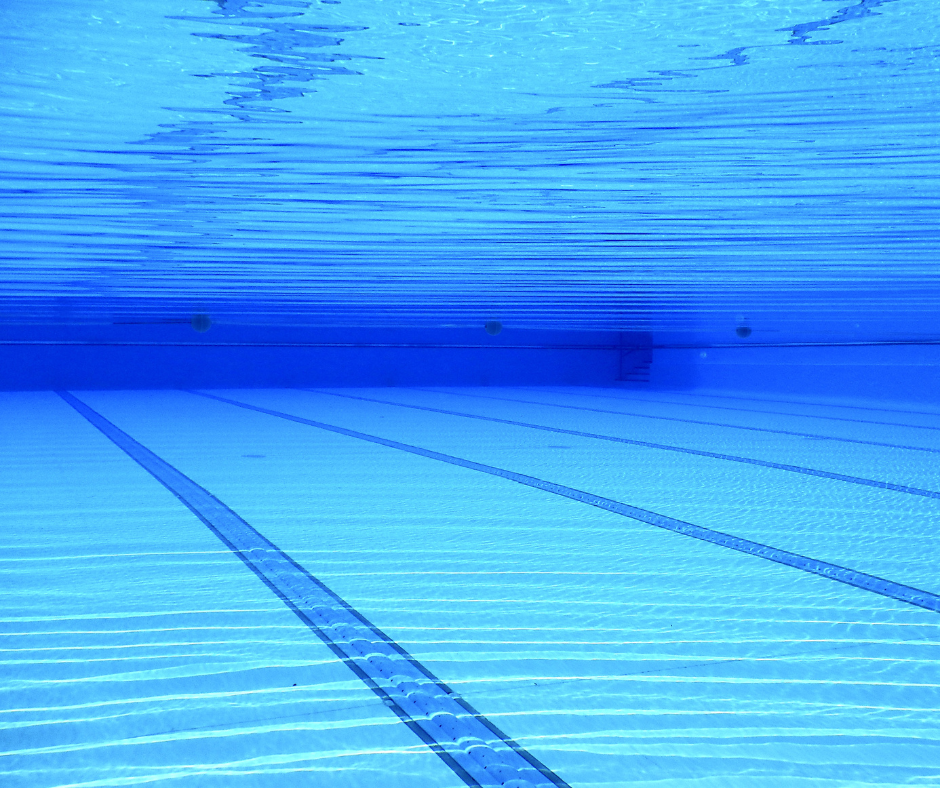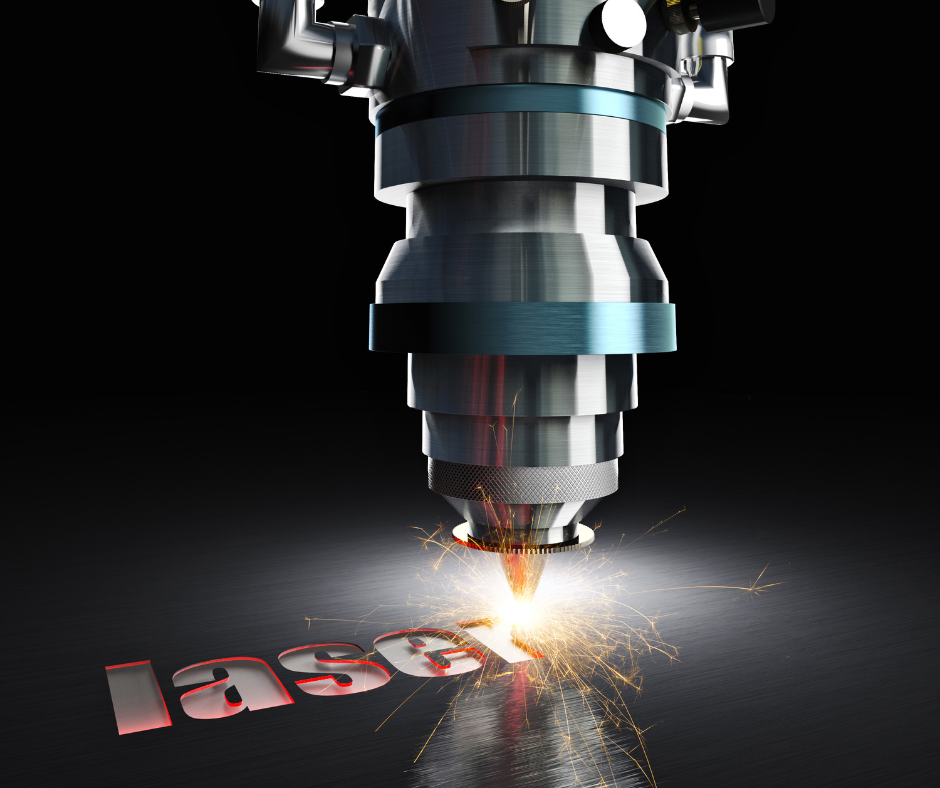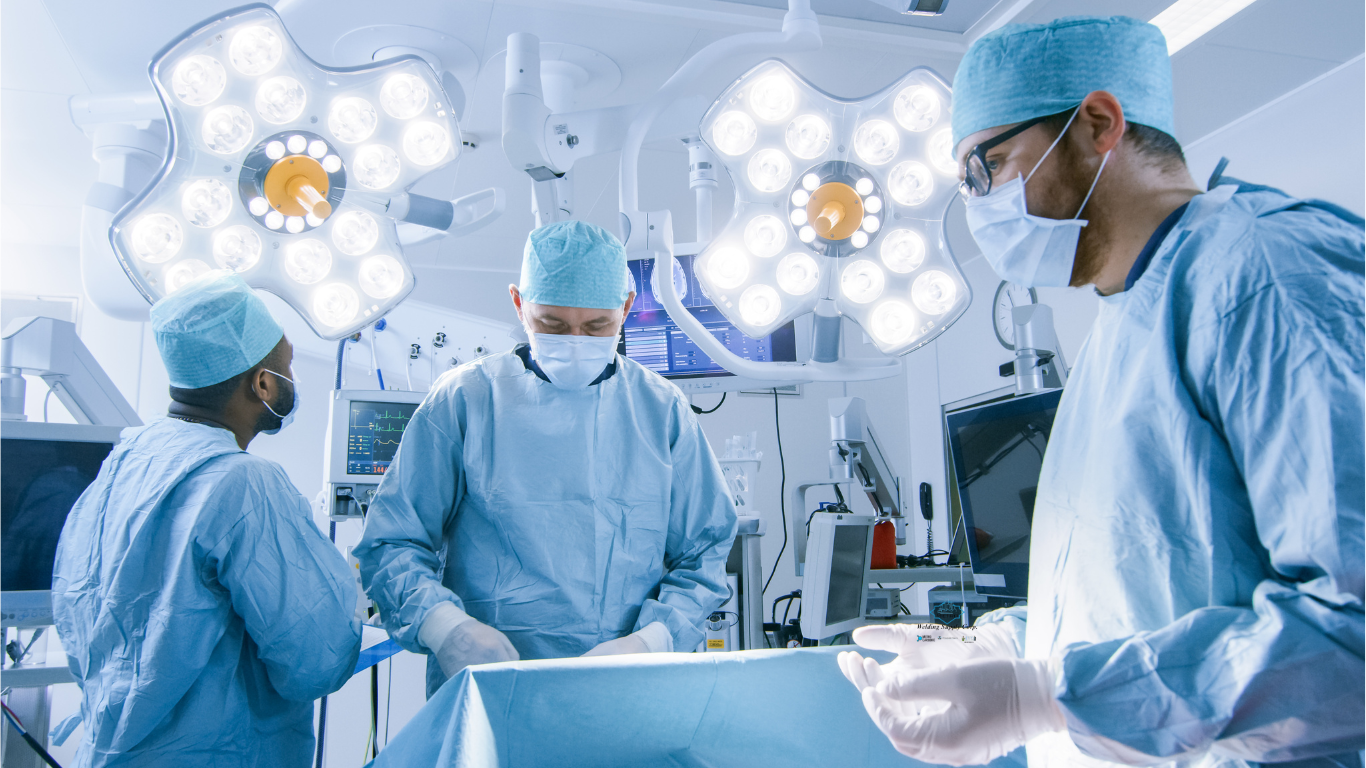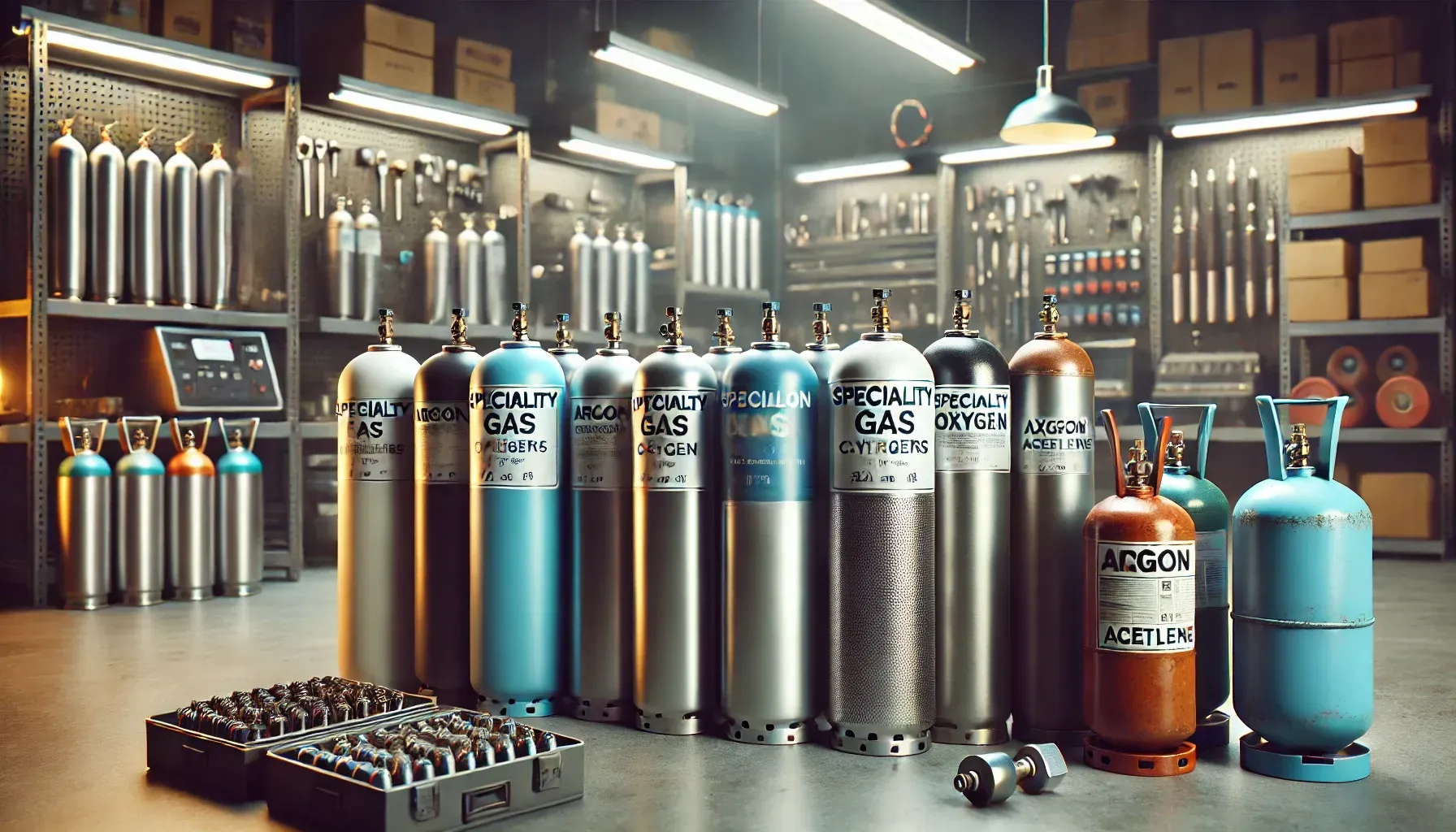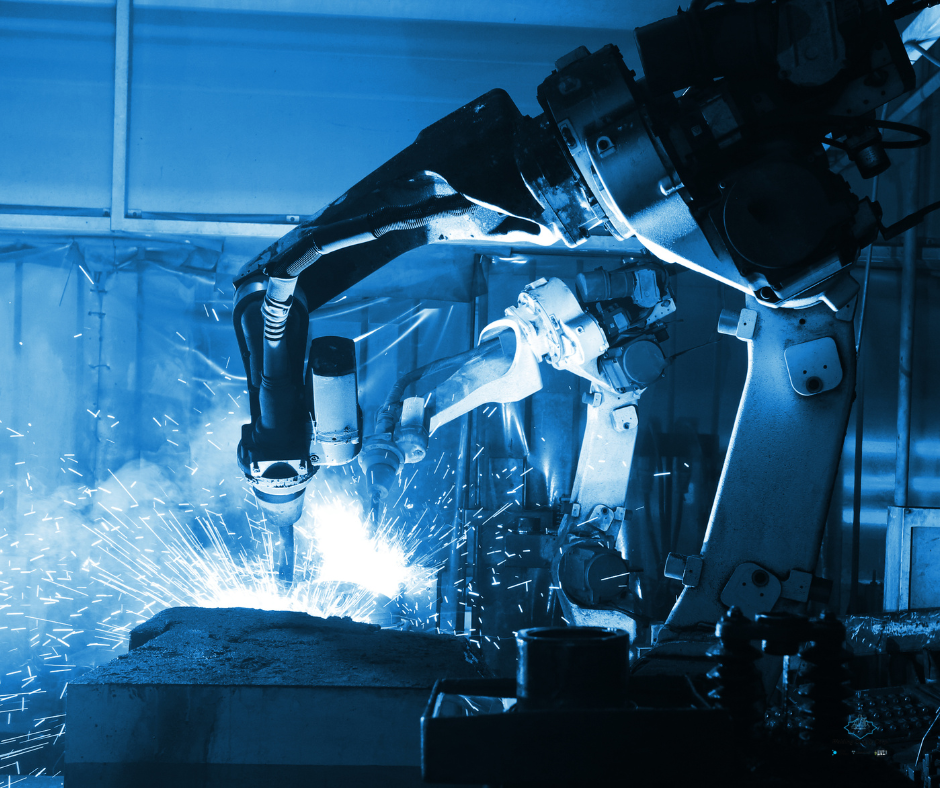The Role of Specialty Gases in Advancing the Food and Beverage Industry
How CO2 and Nitrogen Revolutionize Preservation, Flavor, and Safety in Food Processing

Welcome to Metro Welding Supply Corp's blog! Today, we're diving into the fascinating world of specialty gases and their critical role in the food and beverage industry. These gases are not just limited to welding and industrial applications—they are pivotal in ensuring the quality, safety, and longevity of many of the food and drinks we enjoy daily.
The Magic of Carbonation and Preservation
Carbon Dioxide: The Fizz Factor
Ever wondered what gives your favorite soda it's delightful fizz? It's all thanks to carbon dioxide (CO2). This gas is dissolved in beverages to create those refreshing bubbles, and it's not just for fun. CO2 also acts as a preservative, keeping drinks fresher for longer by inhibiting the growth of spoilage organisms. This means your favorite carbonated drinks maintain their taste and quality, all while having a longer shelf life.
Beyond soft drinks, carbon dioxide is also used in the production of sparkling water and alcoholic beverages like beer and sparkling wine. The precise control of CO2 levels during the production process ensures consistency in taste and carbonation, which is critical for maintaining brand quality.
Nitrogen: The Unsung Hero in Food Preservation
Nitrogen (N2) is another essential gas in the food industry. Unlike CO2, nitrogen is inert and does not react with other substances, making it perfect for preserving food. By displacing oxygen, nitrogen prevents oxidation, which can cause food to spoil and lose its nutritional value.
Keeping Food Fresh
You might have noticed that chips and snacks often stay crunchy for a long time. That's because they are usually packaged with nitrogen, which helps maintain their texture and freshness. This technique, known as nitrogen flushing, is also used for other food items like dried fruits and nuts. Nitrogen packaging is particularly beneficial for products that are sensitive to moisture and air, ensuring that they remain in optimal condition from the production line to the consumer's pantry.
In addition to snacks, nitrogen is also used in the dairy industry. For example, nitrogen can be used to package cheese and milk powder, protecting these products from spoilage and extending their shelf life. This is crucial for maintaining the quality of dairy products, which are highly susceptible to spoilage when exposed to air.
Enhancing Flavor with Specialty Gases
The Role of Gases in Flavor Preservation
Flavor is king in the food and beverage industry, and specialty gases play a crucial role in preserving and even enhancing it. Nitrogen, for instance, is used to prevent oxidation in products like coffee and wine, ensuring they retain their rich flavors from the moment they are packaged until they reach your table.
Oxygen, while usually considered an enemy of food preservation, can also be used strategically in controlled environments to enhance certain flavors. For example, oxygen is used in the aging of wine and cheese, where it helps develop complex flavor profiles. However, its application must be carefully monitored to avoid spoilage.
Innovative Techniques for Flavor Enhancement
Nitrogen isn't just for preservation—it can also enhance the sensory experience of food and drinks. Nitrogen infusion is a popular technique used in craft beer and cold brew coffee, creating a smooth, creamy texture that elevates the drinking experience without altering the taste.
Modified Atmosphere Packaging (MAP)
MAP is a technique that replaces the air inside a package with a specific mixture of gases to extend shelf life and preserve flavor. This method is widely used for products ranging from meats to baked goods. By carefully selecting the right gas mixture, manufacturers can keep their products fresh and flavorful longer.
MAP can involve various gas combinations. For example, a mix of nitrogen and carbon dioxide is commonly used for fresh produce, while high oxygen levels might be used for red meats to retain their color and freshness. This flexibility allows manufacturers to tailor the packaging environment to the specific needs of each product, ensuring optimal preservation.
Real-World Success Stories
A great example of MAP in action is in the meat industry. By using a combination of CO2 and N2, meat products stay fresh and maintain their color and texture for longer periods, reducing waste and ensuring that consumers get the best quality possible. This technique not only extends the shelf life of meat but also enhances its visual appeal, which is a key factor in consumer purchasing decisions.
Another success story is in the seafood industry, where MAP is used to package fresh fish and shellfish. By controlling the gas composition inside the packaging, seafood can be kept fresh and free from spoilage, even during long transportation periods. This ensures that consumers receive high-quality seafood that tastes as if it were just caught.
Ensuring Safety and Quality
The Importance of High Standards
When it comes to using specialty gases in food processing, safety and quality are paramount. Ensuring these gases are pure and free from contaminants is crucial to prevent any adverse effects on food products. Impurities in gases can lead to spoilage, off-flavors, and even foodborne illnesses, making it essential to use only high-purity gases specifically designed for food applications.
Regulatory Considerations
Regulatory bodies like the FDA have strict guidelines for using specialty gases in food processing. These regulations ensure that gases meet high purity standards and are safe for consumption, helping maintain the integrity and trustworthiness of food products. Compliance with these regulations is not just about following the law—it's about ensuring that consumers receive safe, high-quality products.
International standards, such as those set by the European Food Safety Authority (EFSA) and Codex Alimentarius, also play a role in regulating the use of specialty gases. These guidelines cover everything from the production and handling of gases to their application in food processing, ensuring a consistent approach to food safety worldwide.
Best Practices for Safety and Quality
Manufacturers must follow best practices to ensure the safe use of specialty gases. This includes regular maintenance of equipment, thorough employee training, and rigorous quality control measures. By sourcing gases from certified suppliers, manufacturers can guarantee the consistency and purity needed for high-quality food production.
Routine testing and monitoring of gas purity are essential components of a robust quality control program. Advanced analytical techniques, such as gas chromatography, can detect even trace levels of contaminants, ensuring that only the highest quality gases are used in food processing.
Additionally, implementing Hazard Analysis and Critical Control Points (HACCP) systems can help identify and mitigate risks associated with the use of specialty gases. This proactive approach to food safety helps prevent problems before they occur, ensuring the highest standards of quality and safety are maintained.
Applications and Case Studies
Specialty Gases in Action
Specialty gases are used across various segments of the food and beverage industry. For instance, nitrogen is used to package snacks and coffee, while CO2 is essential for carbonated beverages and certain preservation techniques.
Highlighting Specific Uses
In the coffee industry, nitrogen-flushed packaging prevents oxidation, preserving the beans' aroma and flavor for a longer time. Similarly, in the brewing industry, CO2 is used to carbonate beer, ensuring a stable product with a longer shelf life. These applications not only improve product quality but also enhance the consumer experience.
In the bakery sector, modified atmosphere packaging with a mix of nitrogen and carbon dioxide is used to extend the shelf life of baked goods, preventing mold growth and maintaining freshness. This allows bakeries to reduce waste and offer products that stay fresh for longer periods, benefiting both the business and the consumer.
Real-World Applications
Specialty gases are also used in the dairy industry to package products like cheese and yogurt. By creating a protective atmosphere inside the packaging, these gases help maintain the freshness and quality of dairy products, which are highly perishable. This extends the shelf life of dairy products, reducing waste and ensuring that consumers receive fresh, high-quality items.
In the frozen food industry, nitrogen is used in cryogenic freezing, a process that rapidly freezes food items to preserve their texture and flavor. This method is particularly beneficial for fruits and vegetables, which can lose their quality when frozen slowly. Cryogenic freezing with nitrogen ensures that frozen produce retains its fresh, crisp texture and nutritional value.
Conclusion
Recap of Key Points
Specialty gases like CO2 and nitrogen are vital in the food and beverage industry, enhancing product quality, extending shelf life, preserving flavors, and ensuring safety standards are met. These gases are integral to many processes, from carbonation and preservation to flavor enhancement and packaging.
Final Thoughts
As technology advances, the role of specialty gases in the food and beverage industry will only grow. They are essential for meeting consumer demands for fresh, flavorful, and safe products.
About Metro Welding Supply Corp
Metro Welding Supply Corp stands at the forefront of supplying specialty gases and equipment to a diverse set of industries including welding companies, hospitals, research facilities, and universities. With decades of experience in the field, Metro Welding has established itself as a trusted provider, ensuring that clients receive high-quality gases that meet stringent industry standards.
Their commitment to excellence and customer service has cemented Metro Welding's reputation as an essential partner for businesses that demand reliability and precision in their operations.
Contact Us
For all your specialty gas and equipment needs, or if you have any questions about our products and services, please don't hesitate to reach out to us. Our knowledgeable team is ready to provide you with the support and information you require.
Phone: 313-834-1660
Email: sales@metrowelding.com
Address: 12620 Southfield Rd, Detroit, MI 48223, United States of America
Ready to work with Metro Welding Supply Corp.?
Let's connect! We’re here to help.
Send us a message and we’ll be in touch.
Or give us a call today at 313-834-1660
Agency Contact Form
More Industry Tips, Tricks & Tools...
Industry Insights (i2)


